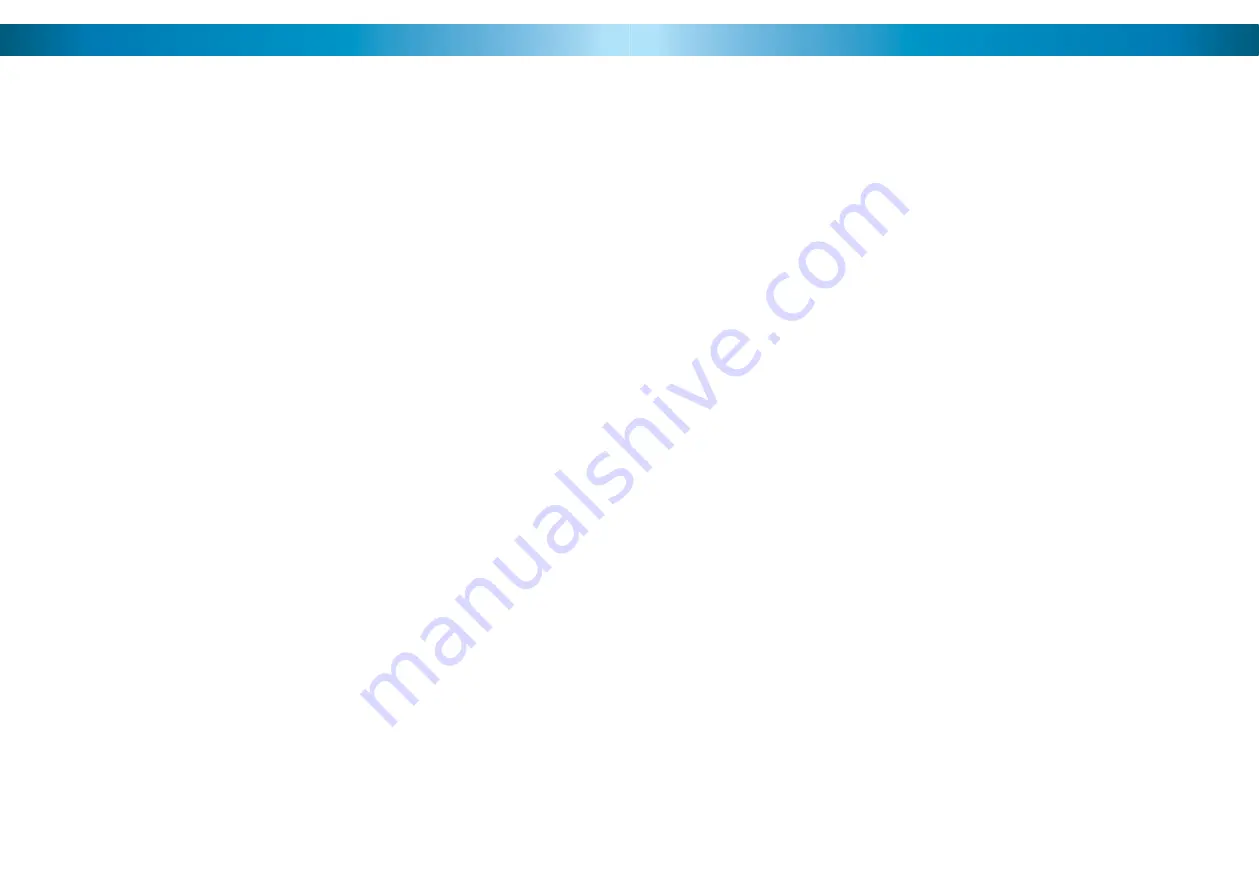
10
10
10
11
Framing:
The
RemoteCam
has a fixed lens (a vari-focal lens would, simply, not fit) – so the
size of subjects in your shots depends only on how close to the subject you hold
the camera.
• Typically, about 3 feet (1m) is about right if filming a shot of someone’s face
– this way, their face will occupy approximate half the vertical space in frame.
• To get a whole person in frame (assuming they’re approximately six feet tall)
then you’ll need to be about 10ft (3m) away from them.
Focus:
• The
RemoteCam
has a fixed focus lens, which means you’ll never need to
adjust focus.
• The wide angled fixed lens will achieve focus within approximately 30cm (1½
ft) from the lens, varying slightly depending on the amount of available light.
It will hold focus to infinity.
• Basically, keep everything more than two feet from the lens, and you’ll have
no worries!
Exposure:
The
RemoteCam
will adjust exposure automatically, varying its gain setting
automatically, reacting to the amount of available light. There are a couple of
things to bear in mind, however:
• Shooting a dark subject in front of a bright background can cause the auto-
exposure feature of the
RemoteCam
to become confused, and drop the exposure
down so that the background is correctly exposed whilst the subject becomes a
silhouette. Avoid brightly lit backgrounds, unless you want this effect.
• To decrease exposure, the
RemoteCam
shortens its electronic shutter speed,
thus exposing each frame for a shorter time. This means that you’ll get better
high-speed photographic performance in bright light – useful for shooting fast
events, like sports.
• On the other hand, in low-light, each frame needs to be exposed longer to get
enough light into the (very small) lens. This can be effect can be minor (such as
shooting in a shopping mall or a stadium under lights) or particularly serious
(in situations such as shooting under a street lamp).
• The image quality, depth of field and exposure range will all improve
dramatically as more light is available.
Tips & Tricks:
Photography is an art - there is no right or wrong way to shoot.
Practice really does make perfect - or, at least, better. The best way to get better
results is just to keep using the
RemoteCam
. Besides, it’s not like you’ll be wasting
film; just delete the old data off the microSD card now and then, and you’ll be set!
You can setup the
RemoteCam
to print the date and time that a recording was
taken directly onto the video, like a watermark. To enable this function, you’ll just
need to set the time and date - the
RemoteCam
will keep track of it from there.
To set the Date and Time:
• Open
Notepad
. It’s usually located in the Accessories folder in the Start Menu
(assuming you’re using Microsoft Windows
®
). If you don’t have
Notepad
, any
plain text editor will work fine (but not a word processor, and these do not
create plain .txt files).
• Write out the date and time, in the following format:
[date]
YYYY/MM/DD
HH:MM:SS
So, if it was thirty-three minutes past nine in the morning on the fourth of
December 2009, then the file would read:
[date]
2009/12/04
09:33:20
• Save this file, naming it “tag.txt”.
• Copy this file to the microSD card.
• With the microSD card already inserted into
RemoteCam
, turn the
RemoteCam
ON.
• The
RemoteCam
will read the text in the file, and update it’s internal clock to
match the date and time as set by you.
Notes:
• The date and time will be updated to the
RemoteCam’s
internal clock when
it is turned on. Before this, the time will not be updated to ‘keep up’ with
realtime. Thus, if you set the time accurately in the settime.txt file and copy
it to the microSD card, but then leave it an hour before turning on the
RemoteCam
, the time stored in the
RemoteCam
will be one hour behind.
• You may need to reset the time (i.e. go through this procedure again) if the
internal battery in the
RemoteCam
is completely drained of charge, or you
reset the
RemoteCam
by pushing the Reset button.
Shooting Guide
Setting the Date and Time



























